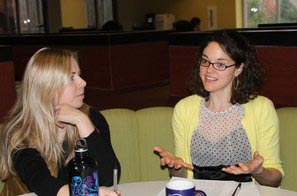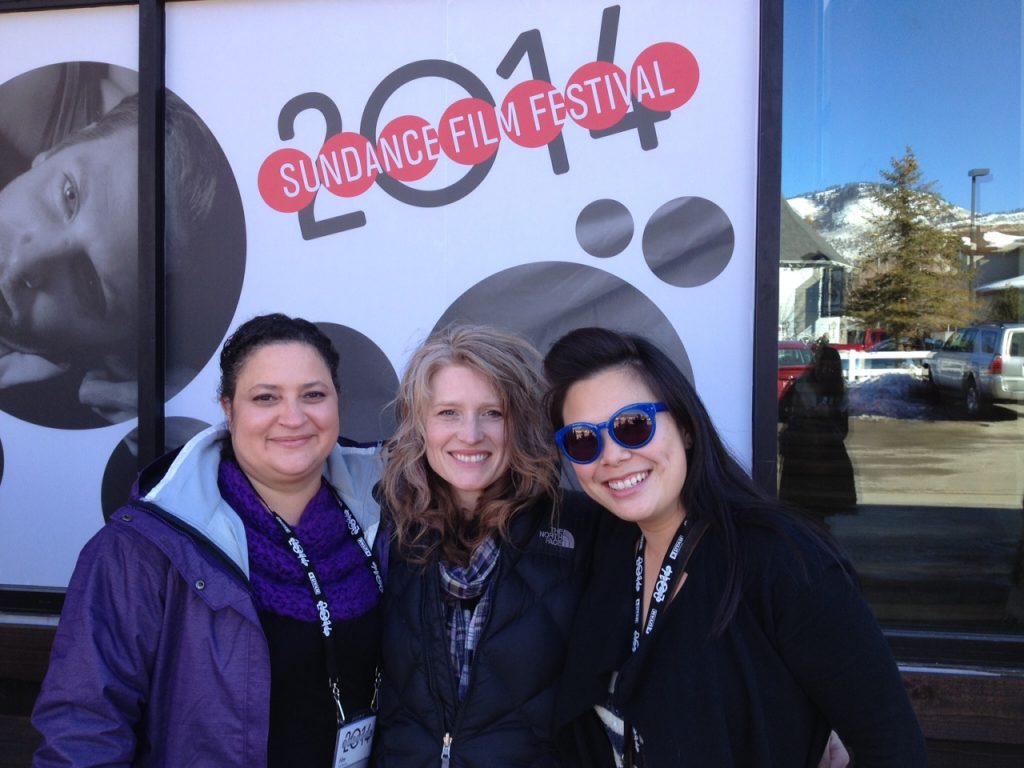Over the summer, Acis Productions released “Confluence” by Ensemble Collina, a group of artists primarily made up of UNC music faculty members. Ensemble Collina is made up of UNC professors Michael Kris(trombone), Leah Peroutka (violin), and Brent Wissick (viola da gamba and cello), as well as Elaine Funaro (harpsichord).
“Confluence” tells the story of the transformative decades of the early Baroque, when Venice’s wealthy families competed to bring together composers and musicians in a true confluence of artistic possibilities, and previous limitations of geography and virtuosity were challenged and overcome. Led by Kris, Ensemble Collina specializes in music of the late 16th- and early 17th-centuries. The ensemble mines the wealth of contemporary treatises to prepare its approach, and the individual artistry of its members brings their work alive.
To hear samples and purchase “Confluence,” please click here.
Q&A with Michael Kris, Trombone

What does the release of this CD represent to you?
This first CD really means the world to me. The project is the culmination of work I began in the summer of 2013 while in Europe conducting research made possible through a Junior Faculty Development Award from the College of Arts and Sciences. During the 2013 study (and several subsequent study trips), I visited top practitioners of early music in Belgium, the United Kingdom, the Netherlands, Austria, and Germany; visited many libraries to collect repertoire for a small chamber ensemble utilizing trombone (or sackbut, another name for the early trombone), violin, and basso continuo; made museum visits to study authentic period instruments of the 17th century; and visited the three modern builders of baroque style trombones.
Following the first research trip, I asked my instrumental early music colleagues here at UNC if they would be interested in presenting some recitals with me. It is not exactly customary in the United States to hear a trombonist playing early music. We trombonists tend to be more modern-leaning as a community. But Leah and Brent gladly agreed, and Brent was able to bring his longtime friend and colleague, Elaine Funaro, into the group. After a few years and a few concerts, I began to feel we had enough repertoire and experience together to perhaps record a CD.
I began the process of raising money and was fortunate to receive help from the University Research Council through a publication grant and the United Arts Council of North Carolina through a NC Regional Artist Grant. With these two generous awards and a whole lot of saving, I managed to find the resources for the recording. The actual recording was done in 2016 and a year and four months later, the CD was released. As you can see, a long process, but very rewarding and satisfying.
What was the musical goal this album?
I was really going for four things with this project. First and foremost, I wanted to make a CD that featured the virtuosity and musicality of each musician. My colleagues are tremendous artists, so I wanted the recording to clearly show that.
Second, I was seeking to present “new” old music that has never been recorded or in some cases, not heard for 400 years — the Oswald selections on the CD are excellent examples of this. We also recorded a few pieces that have been done before, but in a presentation that does not reflect current scholarship/trends in 17th-century instrumental music. I feel that we’ve given some of these pieces a fresh perspective.
The third goal was to draw attention to the fact that historic trombone is just as viable as any other early music instrument. In America, the trombone/brass community generally looks at the sackbut with disdain. The feeling is that it produces a poor sound, has no range, and is hard to play. The good news is nothing could be further from the truth! It might be a little harder to play, but my personal feeling is that historic trombone is so much more expressive and capable of subtleties that the modern instrument just cannot do.
The fourth goal was to present a CD that shows how interesting and versatile 17th-century instrumental music can be. To much of the American public, early music is composers like Bach, Handel, Purcell, Vivaldi, etc. No doubt, these are fantastic composers and the music is beautiful. However, music from the late Renaissance and early Baroque is really just as enjoyable, but it is not so well known here in the U.S. And, most importantly, much of it involves the trombone whereas the repertoire from the later 17th century/18th century do not. Obviously, that is important to me!
What does each musician bring to this ensemble and CD?
Because these questions are being asked of me, I’ve been answering in the first person. But the CD is really a collaborative creation. I could not have done it without the help of my friends and colleagues. As I already mentioned, each individual brought his or her individual virtuosity and musicality to the project — I really hope that the CD shows this clearly. Also important is something I mention in my CD notes: “With this recording, Ensemble Collina is striving for a balance between historical accuracy, individual artistry, and modern practicality. The use of historic instruments or accurate reproductions, the study of period treatises, the use of older tuning systems, and consultations with scholars and practitioners of seventeenth century music all played a central role in the preparation and completion of this project. However, as in any period of music, individual artistry is what brings the music to life. Therefore, this recording is not a decisive interpretation, but is instead a true confluence of techniques, ideas, and research. We hope you enjoy this small sample of music from the transformative decades of the early Baroque.“
Interview via the music department




